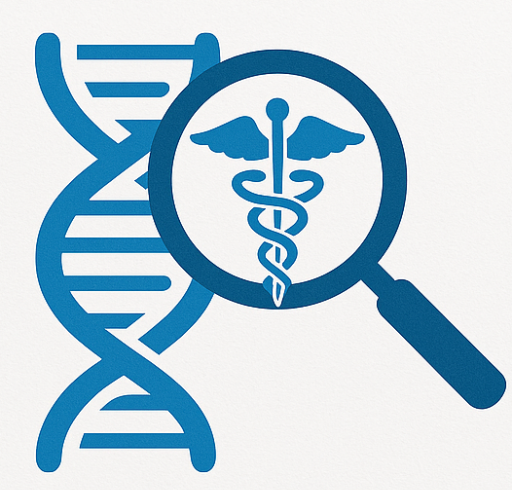What is the BRAF Gene?
The BRAF gene provides instructions for making the B-Raf protein, a serine/threonine-protein kinase that plays a key role in the MAPK/ERK signaling pathway. This pathway helps regulate cell growth, division, and survival. The B-Raf protein is normally activated by upstream signals (especially RAS proteins) and transmits signals from the cell membrane to the nucleus to promote proper cell function.
📊 How Prevalent Are BRAF Mutations in Cancer?
BRAF mutations are found in a wide variety of cancers. The most common mutation is V600E (valine → glutamic acid substitution at position 600), which makes up the vast majority of BRAF alterations. Here’s a breakdown of prevalence by cancer type:
| Cancer Type | BRAF Mutation Prevalence |
|---|---|
| Melanoma | ~50% |
| Papillary thyroid carcinoma | ~30–70% |
| Colorectal cancer (CRC) | ~8–15% |
| Non-small cell lung cancer | ~1–3% |
| Hairy cell leukemia | ~100% (classic form) |
| Other cancers | <5% |
⚙️ Mechanism: How BRAF Mutations Cause Cancer
1. Constitutive Activation of B-Raf
- The V600E mutation mimics phosphorylation, causing the B-Raf protein to be constantly “on”.
- This leads to uncontrolled activation of the MAPK pathway (RAS → RAF → MEK → ERK), even in the absence of external growth signals.
2. Unregulated Cell Division and Survival
- With ERK continuously active, genes promoting cell proliferation and survival are constantly expressed.
- This leads to uncontrolled cell growth, evasion of apoptosis (programmed cell death), and tumor formation.
3. Therapeutic Resistance (Over Time)
- Although BRAF inhibitors (e.g., vemurafenib, dabrafenib) can initially be effective, tumors often develop resistance.
- Mechanisms include:
- Reactivation of the MAPK pathway via alternative splicing of BRAF.
- Activation of upstream RAS or MEK mutations.
- PI3K/AKT pathway activation as a compensatory survival route.
🧪 Clinical Significance
Please log in to use or view. If you do not have an account, please register (no credit card required)
🧩 Summary
- BRAF is a key regulator in the MAPK pathway.
- Mutations, especially V600E, cause continuous signaling for cell growth.
- These mutations are highly prevalent in melanoma, thyroid, and colorectal cancers.
- Targeted therapies have been developed, but resistance remains a clinical challenge.
